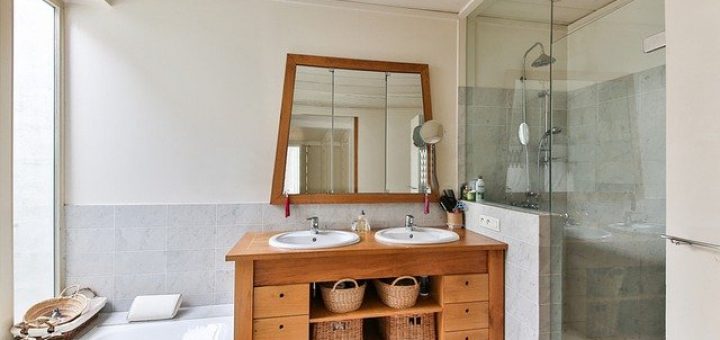
When it comes to home improvement and maintenance, bathroom floors are often neglected especially when grouts start to wear out and chip off. Only when we start to see water leaks do we actually take action and regrout the shower floor. Ideally, regrouting is something scheduled annually especially when bathroom floors are heavily used (like commercial or public bathrooms). Otherwise, regrouting should be done at the moment you see considerable wear and tear. Tile grouts are pretty sturdy actually and can outlast their homeowners but it can also be a huge problem over time if a minor damage is neglected.
 If a tile grout is damaged or flawed and you happen to have some water problems as well, it can spell disaster for your home. Leaking showers in Sydney is not a small problem. In the 2019-2020 Water Conservation Report, over 17,000 repairs and more than 20,000 replacements were done in order to save 347 million liters of water in a year. And residential homes consume the most water at 66 percent in comparison to non-residential and non-metered accounts. This shows that residential homes are most prone to water damage.
If a tile grout is damaged or flawed and you happen to have some water problems as well, it can spell disaster for your home. Leaking showers in Sydney is not a small problem. In the 2019-2020 Water Conservation Report, over 17,000 repairs and more than 20,000 replacements were done in order to save 347 million liters of water in a year. And residential homes consume the most water at 66 percent in comparison to non-residential and non-metered accounts. This shows that residential homes are most prone to water damage.
Can damaged grout actually lead to a big problem? Some people may think not really, but water damage in homes is a silent destroyer. You won’t even notice your house is already having leaking issues until you see a spike in your bill or worse, you come home from a vacation only to find your bathroom is already flooded. And yes, it can all start with a damaged grout because grouts are supposed to keep your bathroom floors waterproof. This is why it is important to regrout showers at the first sign of damage.
Regrouting can be done DIY but it will require a lot of work. You have to have some worker’s tools like a grinder, a carbide tip removal tool, a powerful vacuum, and some materials for regrouting. (Not to mention the amount of patience and skill!) Small regrouting problems can be done on the fly but if it involves a major area in your bathroom, you might need to call in shower repair services to do the job.
The steps in regrouting involve lots of grinding, chiseling, scraping, and not to mention a lot of dust. After ensuring that the tile crevices are grout-free, then you can only apply the new grout mix. This will also take some time as you have to meticulously apply the grout on all the joints leaving no spaces for water to enter in between tiles. As you can see, to regrout a shower is no walk in the park. But thank goodness we can rely on professionals who can do it for us.
Should you consider regrouting your shower? Check out https://eliteshowers.com.au/.
Why Regrouting your Shower may NOT be as Simple as 1-2-3,
